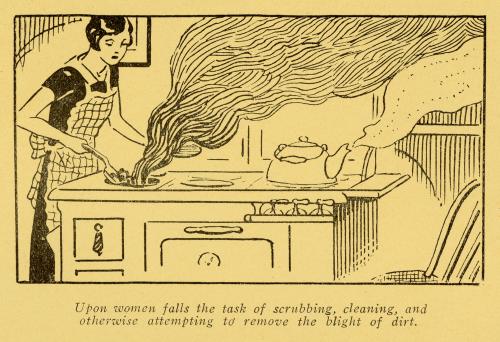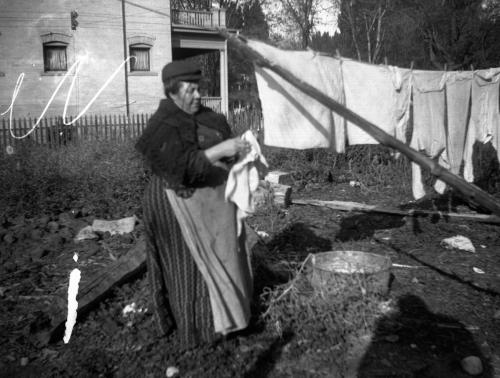Women Environmentalists Led Air Quality Reform
In the first half of the 20th century, women across the United States became environmentalists, urging for cleaner cities and air. The widespread use of cheap bituminous coal to heat homes created poor winter air quality across the country. The Wasatch Front region of Utah suffered from exceptionally high amounts of smoke and soot fall during this time from what we now understand as "winter inversions" due to the regions unique topography. The women of Utah were highly organized and vocal in their efforts to reduce industrial and household smoke in the area around Salt Lake City. There were a number of notable organizations that took on this behemoth smoke nuisance, including the Ladies' Literary Club, the Women's Chamber of Commerce, and other consortia such as the Utah Federation of Women's Clubs and the Salt Lake Council of Women.
City beautification campaigns were spreading across industrialized America and women had a prominent role in leading those efforts. "Women in other cities, such as Boston, Pittsburg, and Chicago, were important influences in determining much of the character of those places because they were able to imagine 'the city as a shared home,' which, 'gave women a metaphor through which to articulate and establish a different and more comprehensive set of priorities for city government.'" (Moore, 2007)
As women were primarily homemakers during this era, domestic duties were the responsibility of housewives. Cleaning walls, curtains, and clothes from coal soot and other air pollutants was a common task. Caretaking for sick family members was another responsibility that women carried. The women of Utah wanted clean air to keep their families healthy and homes clean. Explore this section's topics below.


